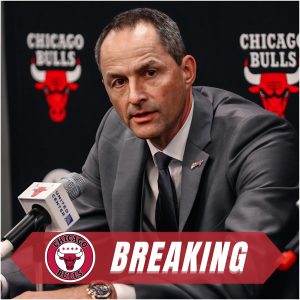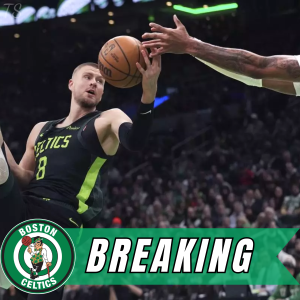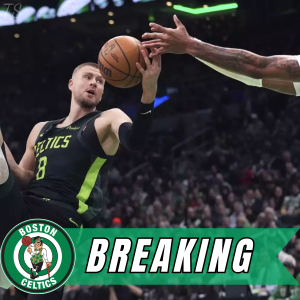In a highly anticipated matchup that showcased the fierce rivalry between the Boston Celtics and the Miami Heat, the Celtics made a statement in the first half of the game, effectively exposing the limitations of the trade haul that brought Jimmy Butler to Miami. From the opening whistle, the Celtics appeared motivated and well-prepared, showcasing an intense defensive strategy that seemed to target Butler specifically. It quickly became evident that despite Butler’s status as a star player and his significant contributions to the Heat’s success over the past few seasons, the surrounding cast—comprised of players acquired through trades and free agency—struggled to rise to the occasion under the defensive pressure applied by Boston.
In the initial two quarters, the Celtics’ stifling defense forced Miami into difficult shot attempts while transitioning swiftly on offense to capitalize on turnovers. The Heat’s inability to find reliable scoring options outside of Butler was glaring, raising questions about the depth of their roster and the effectiveness of the trades made to bolster the team. While Butler’s scoring prowess and determination to lead his team were on full display, it soon became apparent that he was being leaned on excessively, leaving him vulnerable to being double-teamed and pressured by Boston’s aggressive defenders. Furthermore, missing crucial contributions from his teammates underscored the risk Miami took in assembling their current roster, particularly the assets they surrendered in hopes of surrounding Butler with a more well-rounded squad.

As the game progressed, Celtics players distinctly capitalized on the opportunities presented by Miami’s struggles, all while allowing Butler to put forth his best efforts, knowing that support was lacking from other key players on the Heat’s roster. This juxtaposition of talent showcased what a cohesive unit of players can accomplish under pressure compared to a team relying heavily on one superstar. The narrative shifted dramatically during the halftime break, as analysts and fans began to dissect the implications of the current state of both franchises. It highlighted a critical juncture for the Heat, suggesting that their strategy of building around Butler might need reevaluation if they are to compete for a championship against the likes of the Celtics.

Ultimately, the first half of this pivotal game served as a revealing moment for Miami’s front office and coaching staff. The Celtics managed to not only dictate the pace and rhythm of the game but also exposed the underlying issues within the Heat’s roster, leaving many to ponder the future of the franchise and the potential consequences of their past trades. As discussions began to swirl about the Heat’s need for additional depth and versatility to complement Butler’s skills, it became clear that while stars like Jimmy Butler are invaluable, a well-rounded and cohesive team foundation is equally essential for success in the unforgiving landscape of the NBA.





